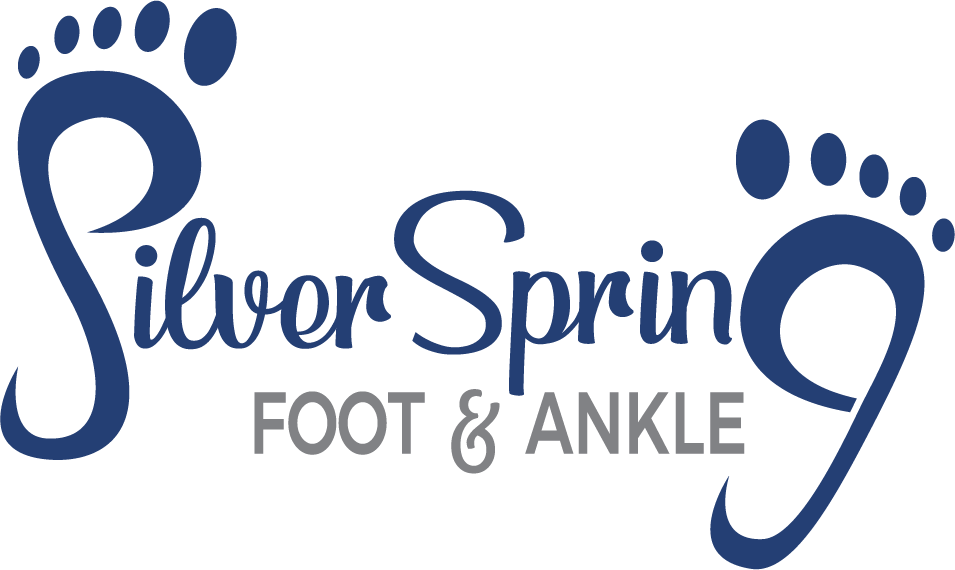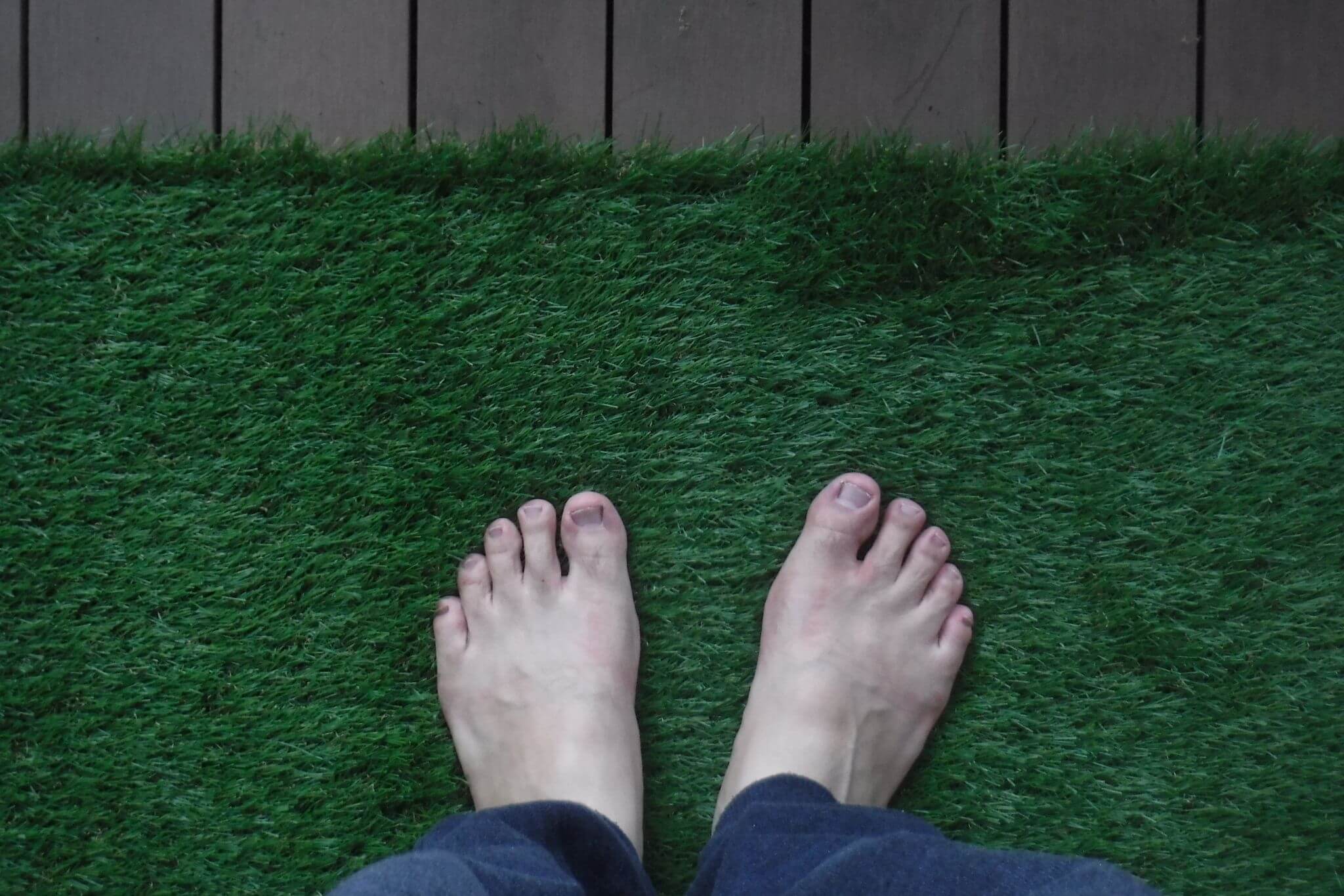Understanding Turf Toe: Causes, Symptoms, and Prevention
Turf toe is a prevalent sports-related injury that affects the big toe joint, known scientifically as the metatarsophalangeal (MTP) joint. This injury typically arises from activities that place significant stress on the toe joint, often during high-impact sports or physical activities.
Understanding turf toe’s causes, symptoms, and prevention strategies is crucial for athletes and active individuals to maintain foot health and avoid long-term complications. In this blog, we’ll delve into the definition of turf toe, the sports commonly associated with it, its causes, symptoms, and effective prevention measures.
What is Turf Toe?
Turf toe is characterized by a hyperextension injury to the metatarsophalangeal (MTP) joint of the big toe. This injury occurs when the toe is bent upward beyond its normal range of motion, often due to excessive force or pressure applied during sports activities. The injury is named “turf toe” because it is commonly associated with playing on artificial turf surfaces, which can be harder and more unforgiving than natural grass. However, turf toe can also occur on other surfaces, such as hardwood floors or concrete.
When the toe is forced into hyperextension, it can damage the ligaments and soft tissues around the joint, leading to inflammation, pain, and reduced mobility. The injury is similar in mechanism to a sprained ankle but occurs in the toe joint instead of the ankle.
Sports Commonly Associated with Turf Toe
Turf toe is frequently observed in a variety of sports, particularly those that involve rapid movement, sudden changes in direction, and intense pressure on the toes. Here are some sports where turf toe is commonly seen:
- Football: In football, players often experience turf toe due to the rapid acceleration and deceleration required during play. The frequent changes in direction, along with the pressure exerted on the toes while pushing off the ground, make football players particularly susceptible to this injury.
- Soccer: Soccer players are at risk of turf toe because of the constant running, kicking, and pivoting involved in the game. The repetitive stress on the big toe joint from striking the ball and making sudden directional changes can lead to hyperextension injuries.
- Basketball: Basketball players frequently jump, land, and make quick direction changes, all of which put significant stress on the toes. This intense activity, combined with the need for rapid movement, increases the likelihood of developing turf toe.
- Wrestling: Wrestlers may develop turf toe from the pressure and force applied to the toes during grappling and holds. The need to maintain balance and apply pressure can strain the toe joint and lead to injury.
- Ballet: Ballet dancers are at risk due to the extensive use of pointe work and specific foot positioning. The repetitive stress and pressure on the toes from dancing on the tips of the toes can cause turf toe.
Understanding how movements such as sudden stops, changes in direction, and pushing off the ground contribute to turf toe helps highlight the importance of prevention strategies in reducing the risk of injury.
Causes of Turf Toe
Several factors contribute to the development of turf toe, including:
- Hyperextension of the Big Toe Joint: The primary cause of turf toe is hyperextension, where the big toe is bent upward beyond its normal range of motion. This excessive movement can stretch or tear the ligaments and soft tissues around the MTP joint, resulting in pain and inflammation.
- Repetitive Stress: Continuous stress on the toe joint, especially on artificial turf or hard surfaces, can increase the risk of turf toe. The repetitive impact and pressure from activities like running, jumping, or pivoting can strain the toe joint over time.
- Poor Footwear Choices: Wearing shoes with inadequate support or flexibility can contribute to turf toe. Shoes that do not provide proper cushioning or stability can fail to protect the toe joint from excessive force, leading to injury.
Factors such as the playing surface, footwear, and biomechanics play a significant role in the risk of developing turf toe. Being mindful of these factors can help in taking preventive measures to avoid the injury.
Symptoms of Turf Toe
The symptoms of turf toe can vary in severity depending on the extent of the injury. Common symptoms include:
- Pain and Tenderness: Pain at the base of the big toe is a primary symptom of turf toe. The pain may be sharp or throbbing and can worsen with movement or pressure.
- Swelling and Bruising: The toe joint may become swollen and bruised as a result of the injury. Swelling can limit the range of motion and make the toe feel stiff and uncomfortable.
- Difficulty Bearing Weight: Putting weight on the affected foot can be challenging and painful. The discomfort may make walking or participating in sports difficult.
- Limited Range of Motion and Stiffness: The big toe may have reduced flexibility and stiffness, making it hard to bend or move the toe normally.
Symptoms can range from mild to severe, and in some cases, turf toe may cause long-term discomfort if not treated properly.
Prevention Tips for Turf Toe
To reduce the risk of turf toe, consider the following prevention tips:
Proper Footwear Selection:
- Choosing the Right Shoes: Select shoes with adequate support and flexibility tailored to your sport. Shoes that provide proper cushioning and stability can help protect the toe joint from excessive force.
- Ensuring Proper Fit: Ensure that your shoes fit well and have enough room in the toe box to prevent excessive pressure on the toes.
Conditioning and Strengthening Exercises
- Strengthening Exercises: Incorporate exercises to strengthen the muscles around the foot and ankle. Stronger muscles can better support and protect the toe joint.
- Stretching Exercises: Improve flexibility and range of motion through stretching exercises. Regular stretching can help maintain the flexibility of the toe joint and prevent stiffness.
Technique Modification
- Proper Techniques: Learn and practice proper techniques for movements involving the big toe, such as pushing off and landing. Proper body mechanics can help reduce the risk of hyperextension.
- Body Mechanics: Emphasize proper foot positioning and body mechanics to avoid excessive stress on the toe joint.
Playing Surface Considerations
- Mindful of Surfaces: Be aware of playing surfaces and potential hazards. Uneven terrain or artificial turf can increase the risk of turf toe.
- Appropriate Footwear: Use appropriate footwear or protective gear for different playing conditions to minimize the impact on the toes.
Athletes and individuals involved in sports should take proactive measures to prevent turf toe injuries. By focusing on proper footwear, conditioning, technique, and playing surface considerations, you can significantly reduce the risk of developing this common injury and maintain overall foot health.
Understanding turf toe, including its causes, symptoms, and prevention strategies, is essential for athletes and active individuals. By taking appropriate preventive measures, such as selecting the right footwear, performing strengthening exercises, and practicing proper techniques, you can protect yourself from turf toe and continue to enjoy your favorite sports activities without interruption. Stay informed, stay proactive, and prioritize your foot health to prevent turf toe and other sports-related injuries.
If you have any questions about turf toe or need personalized advice on preventing and treating foot injuries, feel free to reach out to us. Our team of experts is here to help you stay active and healthy. Contact us today to schedule a consultation or for more information.

